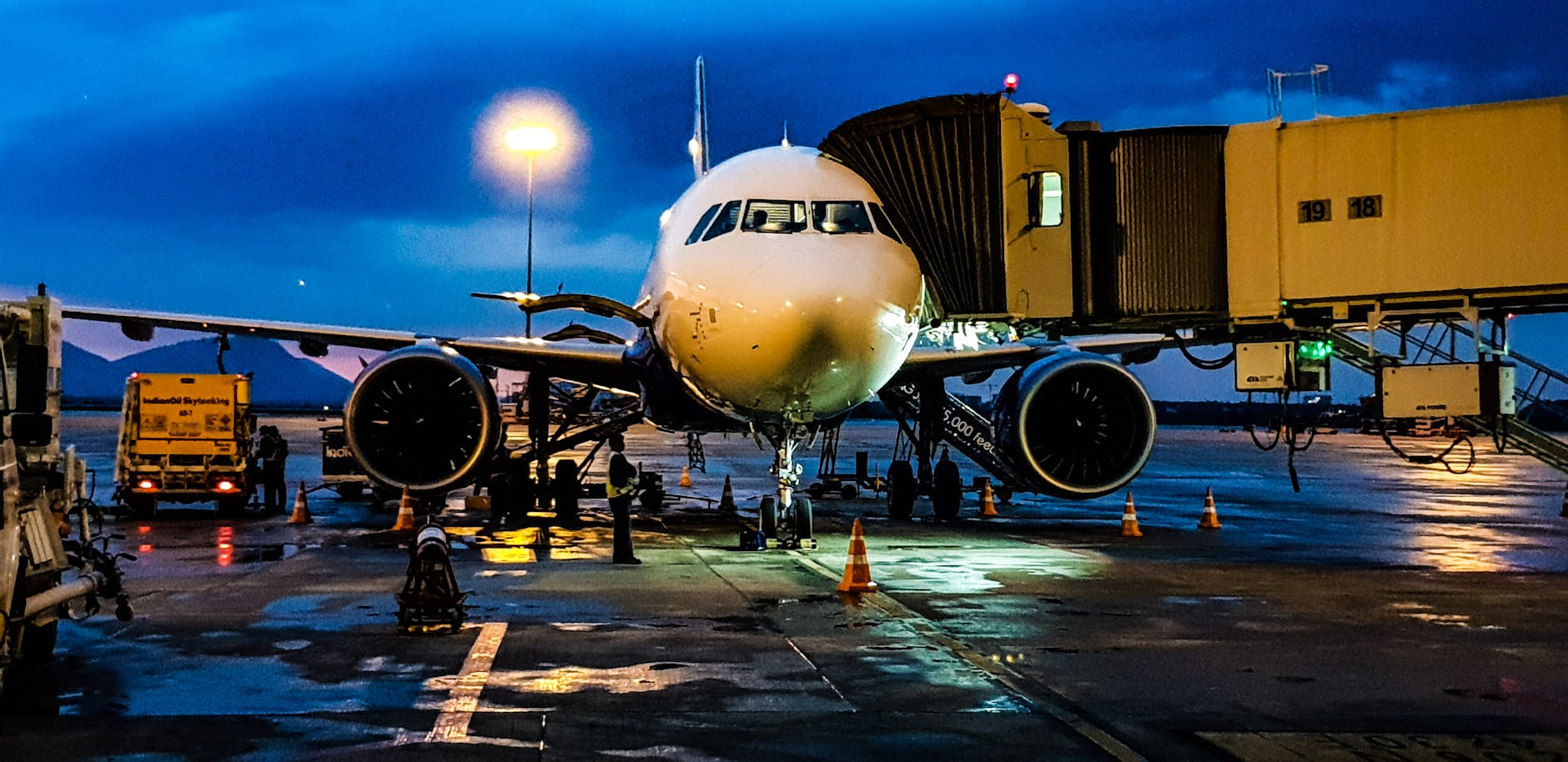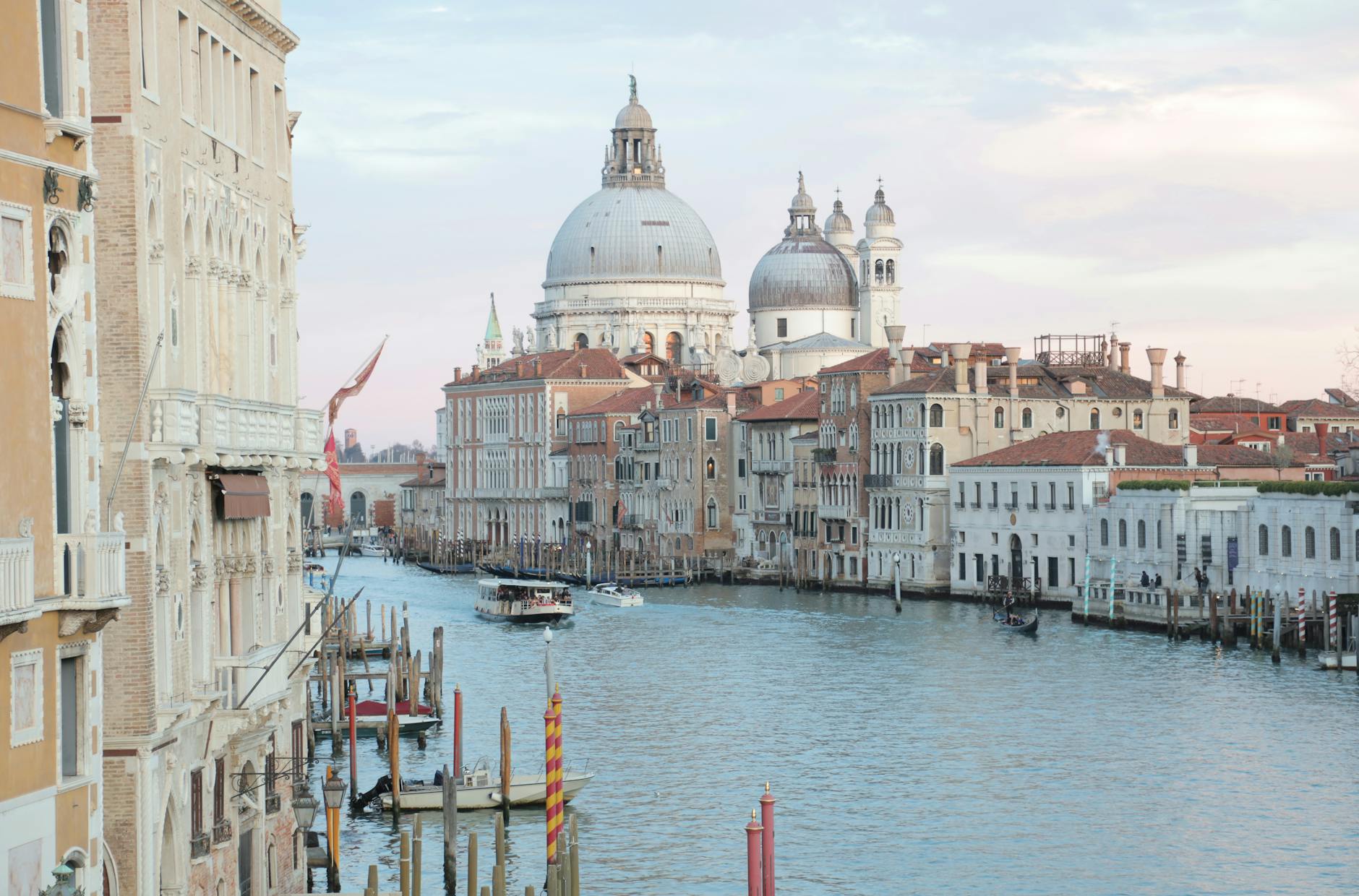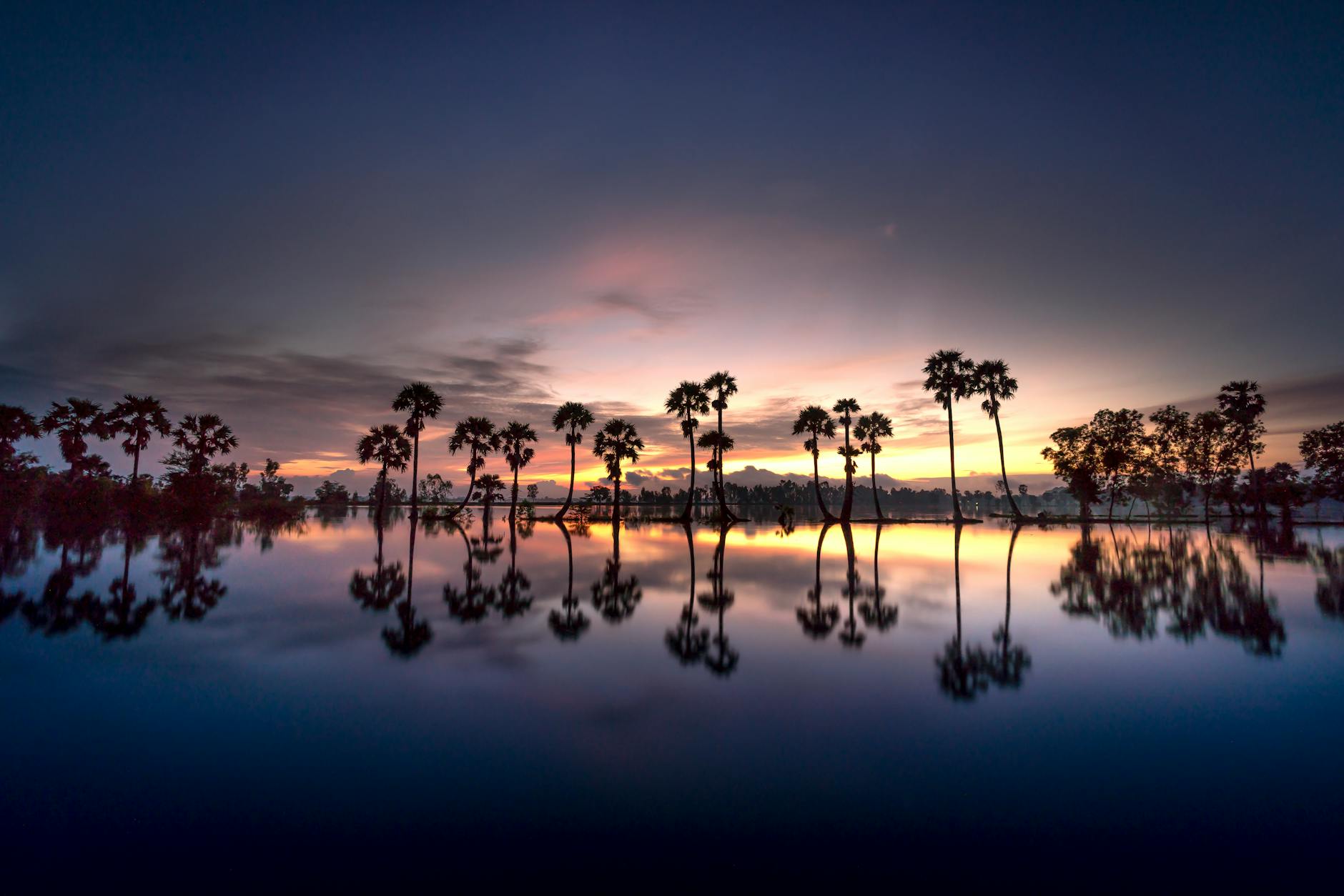How to Capture the Essence of Australia’s Wilderness

Discovering Australia's Wilderness
There's a particular thrill in exploring nature's splendour right at our doorstep in Perth, such as the sweeping landscapes of Kings Park and Botanic Garden. For those bitten by the travel bug, nothing beats the allure of an African safari. Africa offers a vibrant canvas of life with majestic creatures roaming free, just as you’d find in the plains around Kings Park.
Unique Ecosystems to Explore
Australia's ecosystems are as diverse as they are breathtaking, with each offering its unique tapestry of flora and fauna. Similarly, an Africa safari takes you through diverse habitats, from the sweeping savannahs brimming with wildlife to the lush forests teeming with hidden wonders. Whether you're an avid photographer hoping to capture the intimate gaze of a lioness in the Serengeti or a pristine shot of whale sharks off Western Australia, the variety is simply astounding.
Iconic Species to Photograph
Imagine locking eyes with a gorilla, a powerful connection that gorilla trekking Rwanda promises. Here in Australia, photographing the emblematic kangaroo or the elusive Tasmanian devil can be just as awe-inspiring. These moments aren't just about capturing stunning images; they're about understanding the rhythm of nature, connecting with your subjects much like the landscape photographers do along Fremantle's coastline.
Seasonal Wildlife Events
Seasonality tends to transform these experiences dramatically. From the fiery autumn leaves in Kings Park to the great wildebeest migration in Africa, each season unveils new chapters in wildlife narratives. As photographers and adventurers, the art is in timing your visit to coincide with these extraordinary events, ensuring those one-of-a-kind captures that become treasured keepsakes.
Planning Your Expedition
Choosing the Right Locations
Embarking on a thrilling Botswana safari is akin to stepping into the heartland of Africa's vibrant wilderness, where the ebb and flow of life is as electric as Fremantle's coastline at dawn. This region boasts an array of habitats teeming with awe-inspiring wildlife, perfect for capturing those once-in-a-lifetime shots. From the lush floodplains of the Okavango Delta to the shimmering pans of Makgadikgadi, each location offers its distinct allure and diversity of species that call it home. Whether it's a tailormade Africa journey or another personalised adventure, selecting the right locale is essential for enriching your photographic expedition.
Ideal Times for Photography
Timing is everything in wildlife photography. Imagine cradling your camera in the early morning light as shadows stretch across the savanna, or catching the last golden hour as the sun kisses the horizon. In Botswana, the dry winter months from May to October are often considered ideal, transforming waterholes into bustling wildlife congregations, similar to how visitors gather at Perth's bustling Kings Park and Botanic Garden. At these times, animals are more visible, as vegetation thins and water resources dwindle, allowing for clearer, more dramatic compositions to add to your portfolio.
Sustainable Travel Options
Respecting the land and its inhabitants is paramount when planning your expedition. Opting for eco-conscious lodging and guided tours ensures that your journey leaves a positive impact. Sustainable operators are dedicated to preserving the wildlife and culture of each region, providing truly immersive experiences without compromising the landscape's integrity. Just as you tailor your adventure with care, seek out those who offer bespoke, ethical travel solutions that mirror your conservationist ethos. Partnering with such operators means your contribution helps safeguard these environments for generations to come.
Capturing Stunning Images
Essential Photography Gear
As a traveller with a fascination for wildlife photography in the heart of striking landscapes, investing in quality gear is essential. To capture breathtaking shots, start with a reliable DSLR or mirrorless camera, complimented by a versatile lens selection. A wide-angle lens is perfect for sweeping vistas or when you find yourself amidst mesmerising spectacles, such as observing penguins on Arctic cruises. For detailed close-ups of elusive creatures, consider investing in a telephoto lens. Don’t forget to pack a sturdy tripod to ensure stability during long exposure shots, helping you maximise unique lighting conditions.
Techniques for Best Shots
Taking extraordinary photos means mastering a few key techniques. Focus on the rule of thirds to create balanced compositions and consider experimenting with leading lines. When documenting wildlife around Fremantle's coastline, capture the subject in action to convey their natural behaviour. Understanding light is crucial, so practise shooting during golden hours around dawn or dusk when shadows lend depth to your images. Also, adjust your camera settings to suit the environment, ensuring sharp focus and optimal exposure even in challenging conditions.
Understanding Animal Behavior
Being a patient observer is vital to anticipate and capture authentic wildlife moments. Learn to recognise behavioural patterns, such as feeding or courtship displays. This knowledge allows you to position yourself strategically, avoiding undue disturbance while getting the shot. Familiarity with local species is equally important, particularly on excursions like a tailormade South America adventure. Equip yourself with knowledge and respect for these natural habitats to ensure meaningful, lasting photographic memories.
Respecting Nature
Ethical Wildlife Interaction
Engaging ethically with wildlife is more than a passing consideration—it's foundational for the conscientious traveler. As we thread through the dense jungles of Uganda for gorilla trekking Uganda, or find ourselves amidst the icy terrain of polar expeditions, recognising the importance of ethical interaction becomes paramount. The secret lies in maintaining a respectful distance, ensuring animals remain undisturbed in their natural environments. Silence and patience are your best allies. This ensures that the breathtaking scenes you capture are representative of authentic, undisturbed wildlife behaviours.
Minimizing Environmental Impact
Embracing sustainable practices on your adventures not only protects the environment but enriches your journey with a fulfilling sense of responsibility. Sticking to marked trails, properly disposing of waste, and championing the use of eco-friendly gear are practical starting points. While traversing natural wonders, whether trekking near Fremantle's coastline or journeying through remote polar landscapes, hands-free exploration ensures you leave behind nothing but footprints.
Supporting Conservation Efforts
Supporting wildlife and their habitats extends beyond spotting the majestic creatures. Your travels should leave a positive legacy; one way to ensure this is by supporting local conservation efforts. Seek out tours led by local guides who are invested in the habitats they showcase, and consider contributing to conservation-focused projects. When your travel experiences align with the ethos of protection and advocacy, your impact magnifies, ensuring these extraordinary landscapes and their inhabitants endure for future generations.
Avoiding Disturbance
In the spirit of respecting our indigenous wildlife, it's crucial to blend in and tread lightly. Imagine yourself wandering through Kings Park and Botanic Garden, camera in hand, trying to capture that perfect shot of the vibrant birdlife. Suddenly, a sharp noise disrupts the peaceful scene, and your chance to capture those birds in their natural state vanishes. Here’s the key: maintain a distance that doesn’t interrupt the natural flow of the wildlife you’re photographing. In areas like Fremantle's coastline, where the gentle waves meeting the shore create a serene atmosphere, it's all about patience and observation rather than intrusion.
Misjudging the Elements
Australia’s landscape and weather can vary dramatically, and it's easy to underestimate their impact on your adventures. Whether you're cycling near Perth’s picturesque Rottnest Island or traversing the outback, it’s essential to prepare for shifting conditions. Always check the weather forecast and pack accordingly, which might include sunscreen, rain gear, or even a warm jacket for those chilly mornings. Understanding the environment allows you to adapt visibly to the elements while safeguarding both yourself and the habitat.
Overlooking Local Guidance
We often overlook the wisdom that seasoned local travellers can offer. Listening to firsthand stories and tips can offer insights that no guidebook could provide. For instance, local experts might inform you about the best spots to find Quokkas on Rottnest without causing distress to these adorable creatures. Moreover, their advice can make a world of difference in ensuring our wanderlust doesn’t inadvertently upset the delicate balance of these unique ecosystems. Take the time to speak to those who know the land, ensuring your adventure is as enriching for the environment as it is for your spirit.


